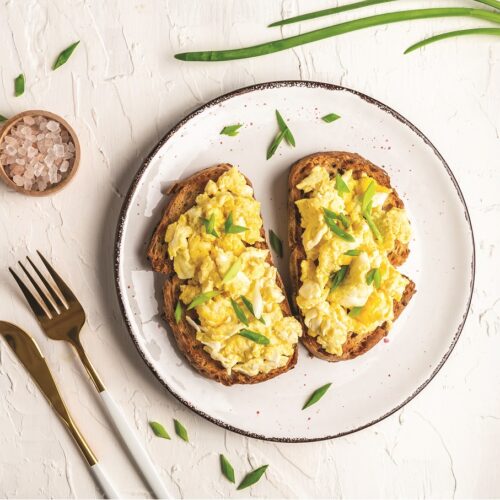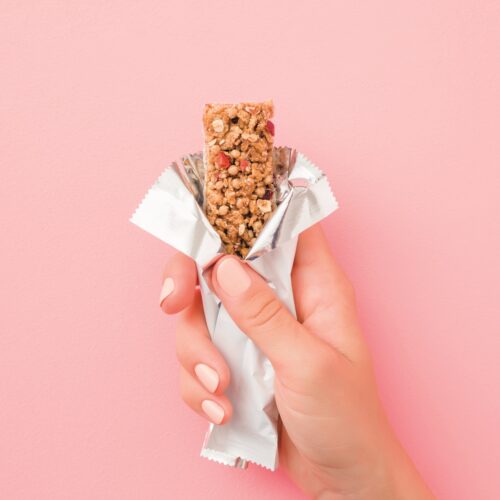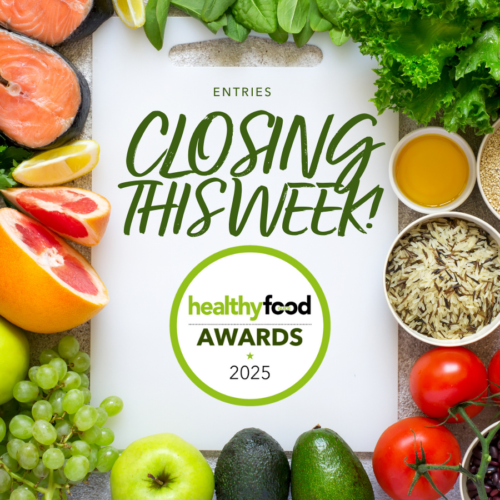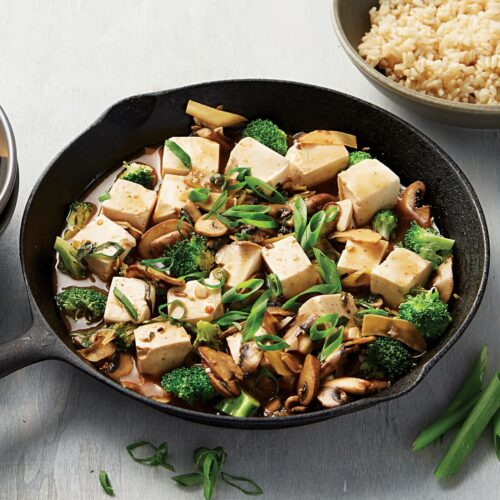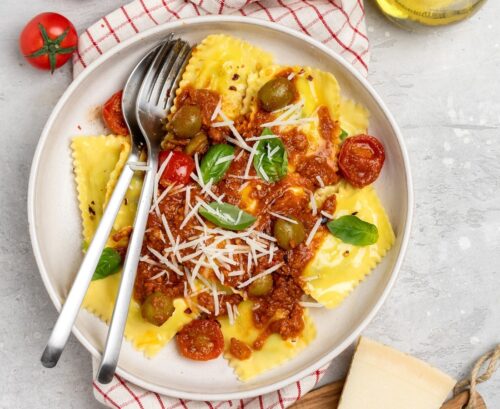
Nothing beats a quick and easy midweek meal, and store-bought filled pasta offers convenience in spades. Healthy Food Guide reveals how to master your pasta.
Have you noticed the ever-expanding number of fresh filled pastas in the refrigerator section of supermarkets these days? From ravioli and tortellini to agnolotti, ready-to-cook filled pastas are a tasty kitchen shortcut for busy weeknights. Pair them with a simple sauce and ta-da — you’ve got a gourmet dinner on the table in a matter of minutes.
But not all choices hit the mark in terms of nutrition. Here’s what you need to know.
Pasta shapes
Pasta tends to get a bad rap, but it’s actually not bad for you. Yes, pasta contains carbohydrates, but carbs are an essential part of a balanced diet because they provide your body with energy. Pasta has a low glycaemic index, which means it is slowly digested. When you eat pasta, your blood sugars gently rise and fall, so you feel full and satisfied.
There are lots of different pasta shapes on offer, but they’re all made with the same basic ingredients, so they’re on par in terms of nutrition. Some of the more popular are:
➜ Ravioli is made from two sheets of pasta pressed together with a filling in the middle.
➜ Agnolotti is made from one sheet of pasta folded over with a filling in the middle.
➜ Tortellini is made from one sheet of slightly thicker pasta that has been filled, folded over and pressed into a round shape.
Pasta fillings
There are lots of different fillings on offer, from beef, veal, chicken and ham to vegetarian options like ricotta and spinach, or roast vegetables and mushrooms.
There’s also no blanket rule that one filling is better for you than another. There can be significant nutritional differences between brands even if they have the same filling, so it always pays to check nutrition labels carefully. If you want a healthier filled pasta, the two main criteria it should meet are that it has:
✓ Less than 500mg sodium per 100g
Eating too much sodium is a risk factor for high blood pressure, so sodium levels should be monitored. Pasta fillings made from processed meats and cheese can contribute to
a high sodium content.
✓ Less than 3.5g sat fat per 100g
Saturated fat can increase your level of ‘bad’ cholesterol, so it’s wise to keep this under wraps. Fatty meats, processed meats and cheeses all contain high levels of saturated fat.
Pasta pairings
You can’t have a bowl of pasta without a delicious sauce to tie it all together, so while we’re on the healthier filled pasta train, let’s shine a spotlight on accompanying sauces.
For an everyday meal, tomato-based sauces are a better choice than creamy ones. This is because the latter can send your intake of saturated fat soaring. Store-bought jarred sauces can also pack a punch in terms of sodium, so a simple home-made version made with a can of chopped tomatoes, an onion and some herbs will serve you far better than something from the shops. If you do use a store-bought product, look for something that contains less than 400mg sodium per 100g on the nutrition label.
Get cooking!
Try out these delicious, dietitian-approved recipes using store-bought filled pasta:
For more advice on choosing pasta, we recommend: How to choose fresh pasta or How to choose dried pasta.
www.healthyfood.com



